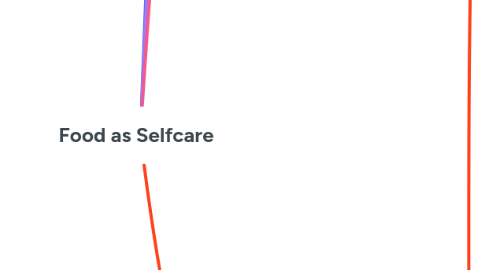
1. Language: My sister has binge-eating disorder because she always eats a lot of ... when she is...
2. Conceitos que podem ser conectados ao tema central:
2.1. Eating habits and healthy nutrition
2.1.1. What is the difference between healthy and unhealthy eating?
2.1.2. What can be done to develop good eating habits?
2.2. Burning calories
2.2.1. How to align good food habits and physical exercises for health improvement
3. Habilidades Possíveis:
3.1. (EF05CI09) Discutir a ocorrência de distúrbios nutricionais (como obesidade, subnutrição etc.) entre crianças e jovens a partir da análise de seus hábitos (tipos e quantidade de alimento ingerido, prática de atividade física etc.
3.2. (EF15LP13) Identificar finalidades da interação oral em diferentes contextos comunicativos (solicitar informações, apresentar opiniões, informar, relatar experiências etc.).
3.3. (EF15LP10) Escutar, com atenção, falas de professores e colegas, formulando perguntas pertinentes ao tema e solicitando esclarecimentos sempre que necessário.
4. Resultados esperados:
4.1. Discutir o que são os distúrbios alimentares;
4.1.1. Perguntar aos alunos o que entendem do termo 'distúrbio alimentar - word cloud
4.1.1.1. linguagem necessária (retirada do teacher's guide : Anorexia, binge-eating disorder, eating disorders, eating habits, emotional health, meal plan, nutrition, obsession, physical health, recovery, treatment, weight, ... a lot - a few - no (BNCC EF05CI09)
4.1.2. Discussion Topic: think about people you know - Do you know anyone who has an eating disorder? How do you know this?
4.1.2.1. Language to learning: A linguagem necessária aqui seria o presente simples para a descrição de hábitos e rotinas.
4.1.2.2. Language for learning: Watch some testimonials of teens who have eating disorders. Ask students how they feel about it.
4.1.2.3. Language through learning: Students talk about people they know who have eating disorders
4.2. Relacionar os tipos de hábitos alimentares e distúrbios alimentares e identificar os sintomas e causas desses distúrbios;
4.2.1. Post-reading activity: (pair work) Match the eating disorder with its definition: Draw students’ attention to activity 2. Ask them What are the disorders presented in the text? (Anorexia, bulimia and binge-eating disorder.) What are their characteristics? Allow them to find the characteristics in the text. Ask students to read the descriptions in activity 2 and decide which eating disorder they describe.
4.2.1.1. Language: I think letter a is ... because... What do you think? EF15LP10
4.2.1.2. Language to learning: Uso de frases que expressam opinião
4.2.1.3. Language for learning: Leitura do texto e o reconhecimento dos distúrbios alimentares por suas características. Alunos compartilham o que encontraram no texto com seu par.
4.2.1.4. Language through learning: Perguntar aos alunos qual distúrbio foi mais impactante para eles e por que. Modelar: I think anorexia has a great impact on me because I could never imagine people can be so afraid of gaining weight. etc. How about you? Poderíamos fazer uma reflexão sobre o tema e depois ver qual dos distúrbios estudados foram mais impactantes e montar um gráfico com essa informação.
4.3. Considerar os fatores que contribuem para o surgimento de distúrbios alimentares;
4.4. Reconhecer a importância de aliar dietas saudáveis e práticas de exercícios para melhorar a saúde;
4.5. Expressar opiniões nas discussões sobre distúrbios alimentares.
4.5.1. organise students into small groups (it can be in or outside the classroom) and open a discussion about this topic with the students. Give each group a question to discuss on a slip of paper. As you notice that they finish talking about it, exchange the question with another group or give them another one to choose. These are some possible questions: Why do you think teenagers are more at risk when it comes to eating disorders? Do you think that there is a perfect body type? Are you happy with your appearance? Is there anything you would change in your body if you could? In the end, make a circle with everybody and listen to some of their answers. Then, get them to think about the existence of a variety of body types and the fact that people in general (especially, teenagers) may many times be under pressure to fit a certain type because of the media. You can also elicit other factors that have an influence on that.
4.5.1.1. language related to opinions and body description. Feelings and emotions about our bodies. EF15LP13
